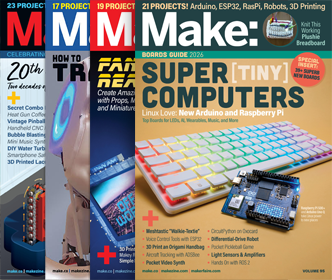The problem of tiling a plane has fascinated builders and mathematicians alike since time immemorial. At first glance, the task is straightforward: squares, triangles, hexagons all do the trick producing well known periodic structures. Ditto any number of irregular shapes and combinations of them.
A much trickier question is to ask which shapes can tile a plane in a pattern that does not repeat. In 1962, the mathematician Robert Berger discovered the first set of tiles that did the trick. This set consisted of 20,426 shapes: not an easy set to tile your bathroom with.
With a warm regard for home improvers, Berger later reduced the set to 104 shapes and others have since reduced the number further. Today, the most famous are the Penrose aperiodic tiles, discovered in the early 1970s, which can cover a plane using only two shapes: kites and darts.
The problem of finding a single tile that can do the job is called the einstein problem; nothing to do with the great man but from the German for one– “ein”–and for tile–“stein”. But the search for an einstein has proven fruitless. Until now.










